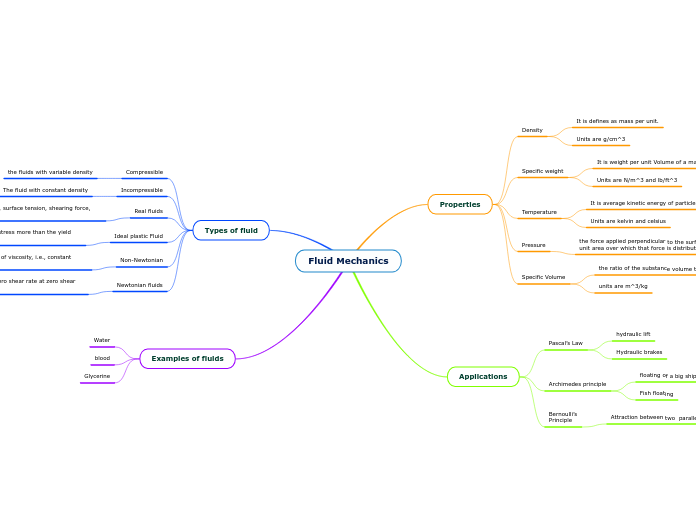Sensor-Based Games
Create a mind map on 'Sensor-Based Games' with the following structure:
Introduction
Definition: Games that use physical sensors for interaction
Purpose: Enhance player immersion and interactivity
Types of Sensors
Motion Sensors: Detect body movements (e.g., Wii Sports)
Gyroscope & Accelerometers: Track device orientation (common in mobile games)
Kinect & Camera Sensors: Capture body gestures (e.g., Just Dance)
Environmental Sensors: React to surroundings (e.g., light, sound, temperature)
Applications
Fitness & Health: Games that encourage physical exercise (e.g., Ring Fit Adventure)
Rehabilitation: Assisting physical therapy with guided movements
Education: Interactive learning experiences, especially in STEM
Augmented Reality (AR): Blending digital and physical worlds (e.g., Pokémon Go)
Benefits
Physical Activity: Encourages active play
Cognitive Skills: Enhances mental agility and strategic thinking
Social Interaction: Promotes group engagement (e.g., multiplayer fitness games)
Engagement: Increases player motivation through immersive gameplay
Challenges
Development Costs: High cost of integrating sensors
Technical Limitations: Precision and responsiveness issues
Privacy Concerns: Collection of biometric and environmental data
Limited Audience: Access limited by specialized technology requirements
Conclusion
Highlights potential for growth and impact in various fields
Acknowledges the need to address development challenges for broader adoption
Organize the mind map to show these main points with subpoints under each category."
AI in Sensor-Based Games
AI Personalities
Empathetic AI
Reacts to Frustration
Offers Assistance
Challenging AI
Adjusts Difficulty
Keeps Competition Engaging
Friendly AI
Provides Hints
Offers Encouragement
Personalized Gameplay
Unique Sessions
Adapts to Emotions
Enhances Immersion
Game World feels Responsive
Critical Role of AI
Adjusts based on Player Behavior
Interprets Sensor Data
Challenges
Limited Audience
Access limited by specialized technology requirements
Privacy Concerns
Collection of biometric and environmental data
Technical Limitations
Precision and responsiveness issues
Development Costs
High cost of integrating sensors
Benefits
Engagement
Increases player motivation through immersive gameplay
Social Interaction
Promotes group engagement (e.g multiplayer fitness games)
Cognitive Skills
Enhances mental agility and strategic thinking
Physical Activity
Encourages active play
Applications
Augmented Reality (AR)
Blending digital and physical worlds (e.g Pokémon Go)
Education
Interactive learning experiences especially in STEM
Rehabilitation
Assisting physical therapy with guided movements
Fitness & Health
Games that encourage physical exercise (e.g Ring Fit Adventure)
Types of Sensors
Environmental Sensors
temperature
sound
light
Reacts to surroundings
Kinect & Camera Sensors
Capture body gestures (e.g Just Dance)
Gyroscope & Accelerometers
Track device orientation (common in mobile games)
Motion Sensors
Detect body movements (e.g Wii Sports)
Introduction
Purpose
Enhance player immersion and interactivity
Definition
Games that use physical sensors for interaction









